Jane Goodall, the celebrated primatologist and conservationist best known for her work studying the behavior of chimpanzees, died Wednesday, Oct. 1. She was 91.
The Jane Goodall Institute confirmed Goodall’s death in a statement. The organization said she died from “natural causes” while in California on a speaking tour. “Dr. Goodall’s discoveries as an ethologist revolutionized science, and she was a tireless advocate for the protection and restoration of our natural world.”
Goodall’s work observing primates at the Gombe Stream Chimpanzee Reserve in Tanzania during the 1960s yielded several major scientific discoveries. She observed the chimpanzees eating meat, engaging in ritualistic activities like rain dances, fighting and showing affection, and — maybe most significantly — using tools.
These findings refuted longstanding preconceived beliefs about humans and animals. And in a 2020 interview with Rolling Stone, when asked to share one key fact from her research, she homed in on this sentiment: “That we humans have been terribly arrogant. We are part of and not separated from the rest of the animal kingdom — we are not the only sentient, sapient beings on the planet.”
In the decades after she published her work at Gombe, Goodall would continue to study primates, while also advocating for an array of environmental causes. She published numerous books — from scientific tomes to memoirs to children’s books — and appeared in an array of films and nature documentaries.
Stevie Nicks even wrote a song about Goodall, “Jane,” featuring the chorus, “There are angels here, angels/There are angels here on earth, angles/Angels, sent from God/You will never feel, that you have ever done enough/But you have, Jane.”
Born Valerie Jane Morris-Goodall on April 4, 1934 in London, Goodall exhibited a love for animals a child, especially after her father gifted her a stuffed monkey doll, which she named Jubilee (via The New York Times). But Goodall wasn’t originally lined up for a career in science. She did not attend university, and instead completed secretarial school and worked odd jobs around London.
Love Music?
Get your daily dose of everything happening in Australian/New Zealand music and globally.
An invitation to visit a friend’s family farm in Kenya in 1956 led to an introduction with the archaeologist Louis Leakey, who hired Goodall as an assistant and secretary. Leakey had long been interested in sending a researcher to study wild chimpanzees in Tanzania, and ultimately assigned Goodall the task in 1960. Three months into her observations, Goodall observed a chimp she’d named David Greybeard stick a long grass stem into a termite mound, withdraw it, and eat what he’d pulled out.
“It was so obvious that he was actually using a grass stem as a tool,” Goodall wrote.
When she cabled Leakey about the discovery, he famously wrote back: “Now we must redefine ‘tool,’ redefine ‘man,’ or accept chimpanzees as humans.”
Goodall continued her work at Gombe over the next several years with funding form the National Geographic Society. Her early findings were so clearly significant that the University of Cambridge admitted Goodall into its doctorate program in 1961, even though she didn’t have an undergraduate degree.
In 1962, National Geographic sent a Dutch photographer named Hugo van Lawick to capture her work, and after some initial trepidation, the two became close and later married. (They divorced in 1974.) The following year, van Lawick’s photos appeared alongside Goodall’s findings in her first major article for National Geographic, “My Life Among the Wild Chimpanzees.” A 1965 film about her work, Miss Goodall and the Wild Chimpanzees, helped bring her international renown.
Despite her breakthroughs, Goodall, perhaps unsurprisingly, still often encountered barriers in the predominantly male science establishment. “Yes, I had to work 10 times harder than the average man just to get the same level of recognition, but once I had made a name for myself, I let the data speak for me,” she told Rolling Stone. “I also realized early on, once I had started to gain some notoriety, that the future careers of many women rested on my shoulders, and that if I could show them the way and open those doors for them, then it would be that much easier for the next generation of women scientists to break into their chosen field in a substantial way.”
Goodall’s work was notable not only for her scientific discoveries, but the way she blended her research with first-person anecdotes from the field — encounters with leopards, bouts of malaria — as well as stories from her personal life. She also spoke often about what she learned from the chimpanzees she studied: “I took many lessons from one of the very best Gombe mothers, Flo, as I raised my own son,” Goodall told RS.
Throughout the Sixties and Seventies, Goodall continued her work at Gombe, observing a major conflict between two groups of rival chimps, and even instances of cannibalism. But she also started to focus more on advocating on behalf of the animals and promoting efforts to protect them. These two components of her career — research and activism — came together with the founding of the Jane Goodall Institute in 1977. The non-profit has since become one of the largest research and conservation organizations in the world, and its Roots and Shoots program has been teaching young people about conservation in more than 120 countries since 1991.
Goodall continued to write, work, speak, and travel the world over the next three decades. She received numerous honors, including the National Geographic Society’s Hubbard Medal and the Presidential Medal of Freedom. In 2003, Queen Elizabeth II appointed her a dame of the British empire.
In her work and public appearances, Goodall often centered a sense of optimism, even in the face of environmental collapse and the worsening climate crisis. “You must stay optimistic for the future, because if we lose hope and let apathy guide us, then we are a lost cause already,” she told Rolling Stone. “Wherever I travel, I try to spread a sense of hope. We still have a very limited time to turn this all around, but we must convince the entire globe and, as Dylan Thomas said so eloquently, not allow ourselves to go gentle into that good night.”
From Rolling Stone US



































